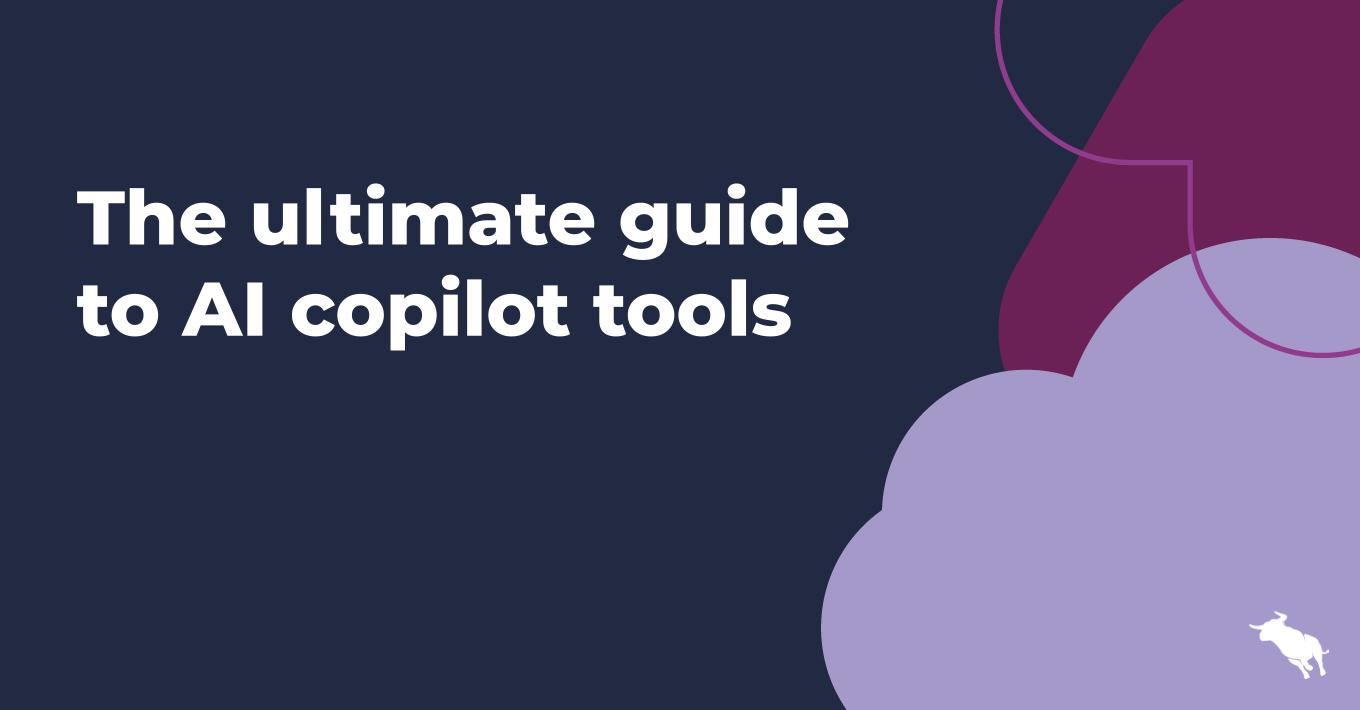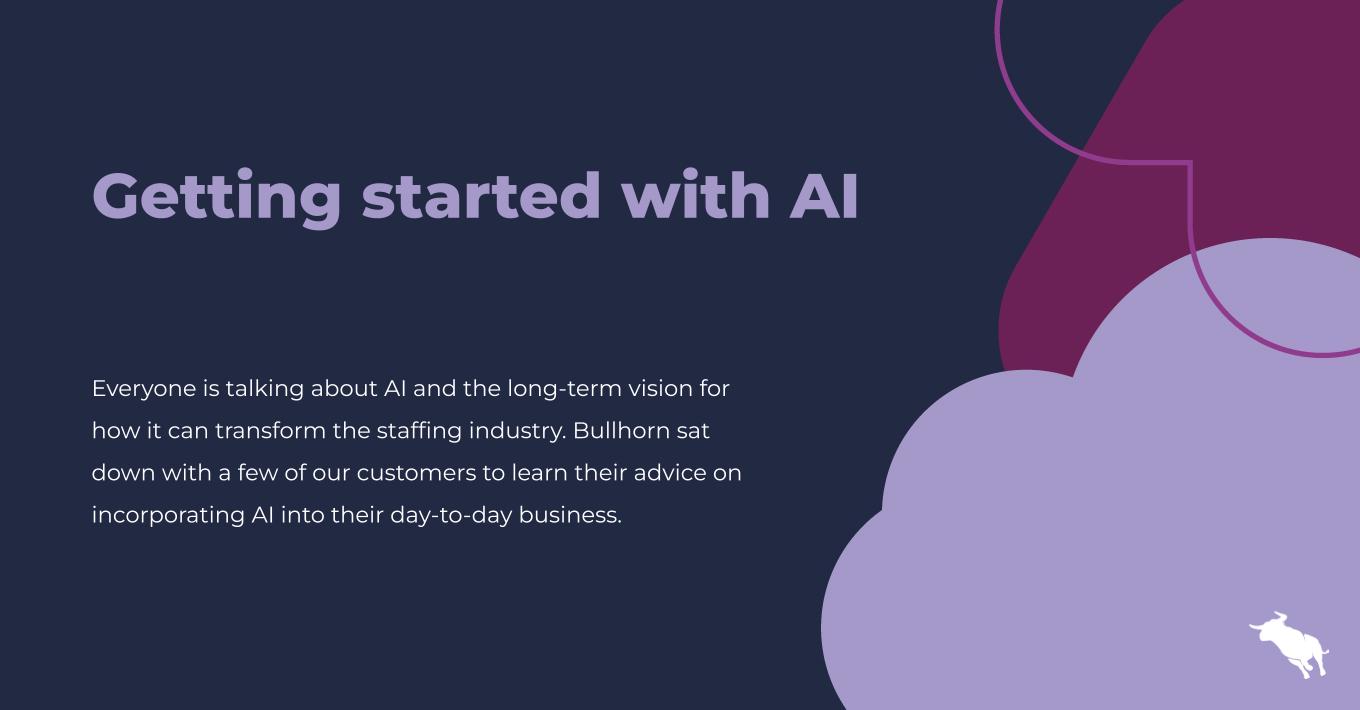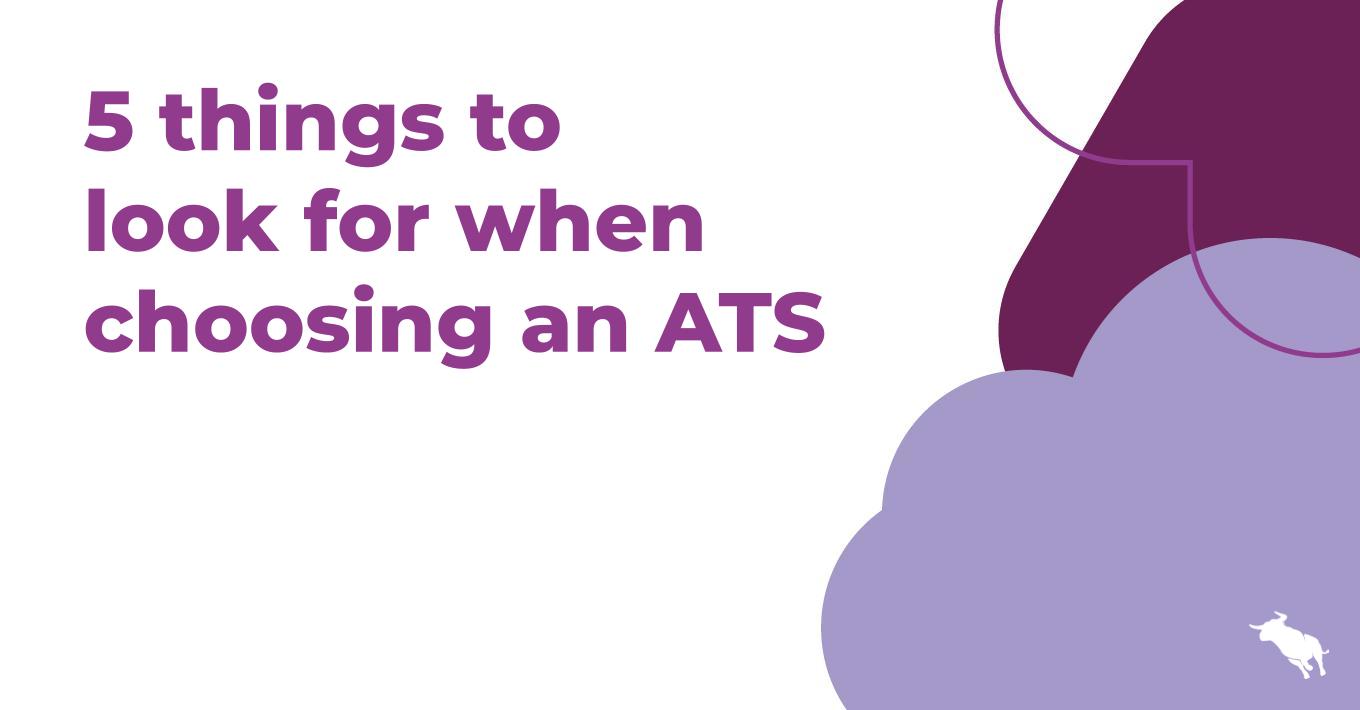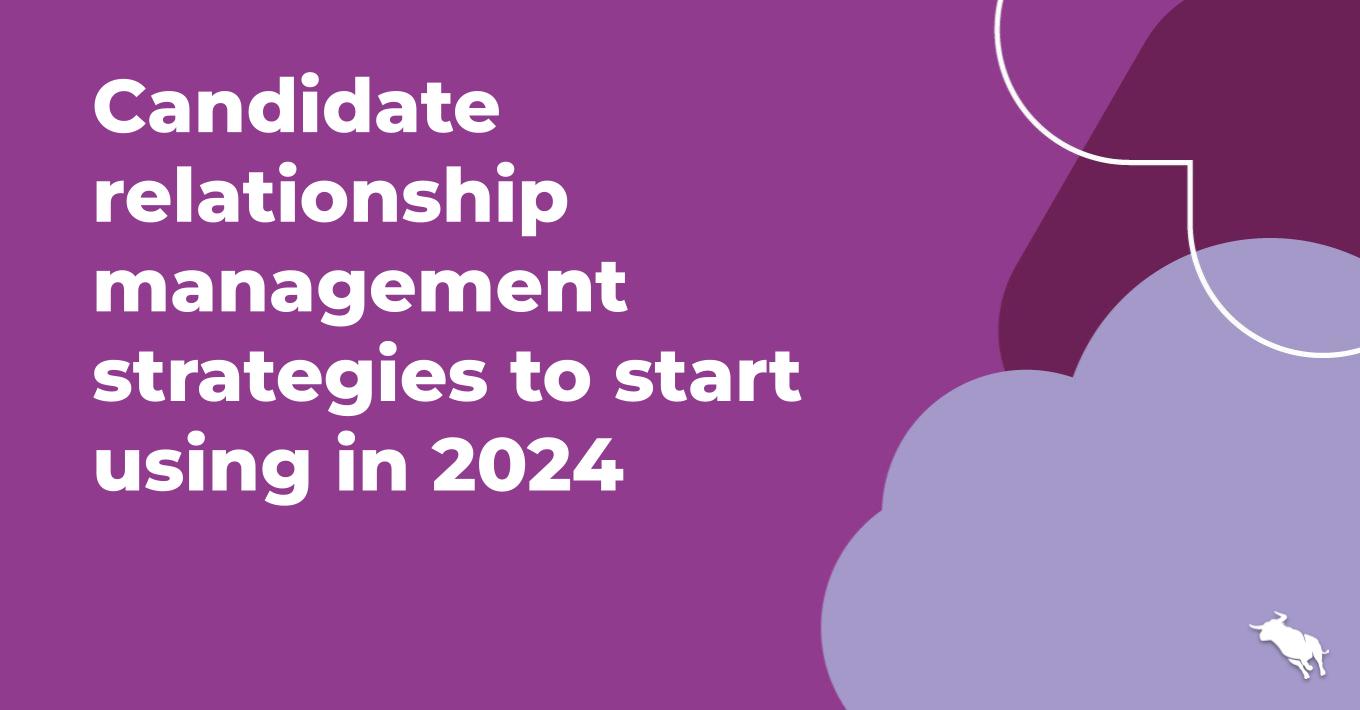Building a Talent Community
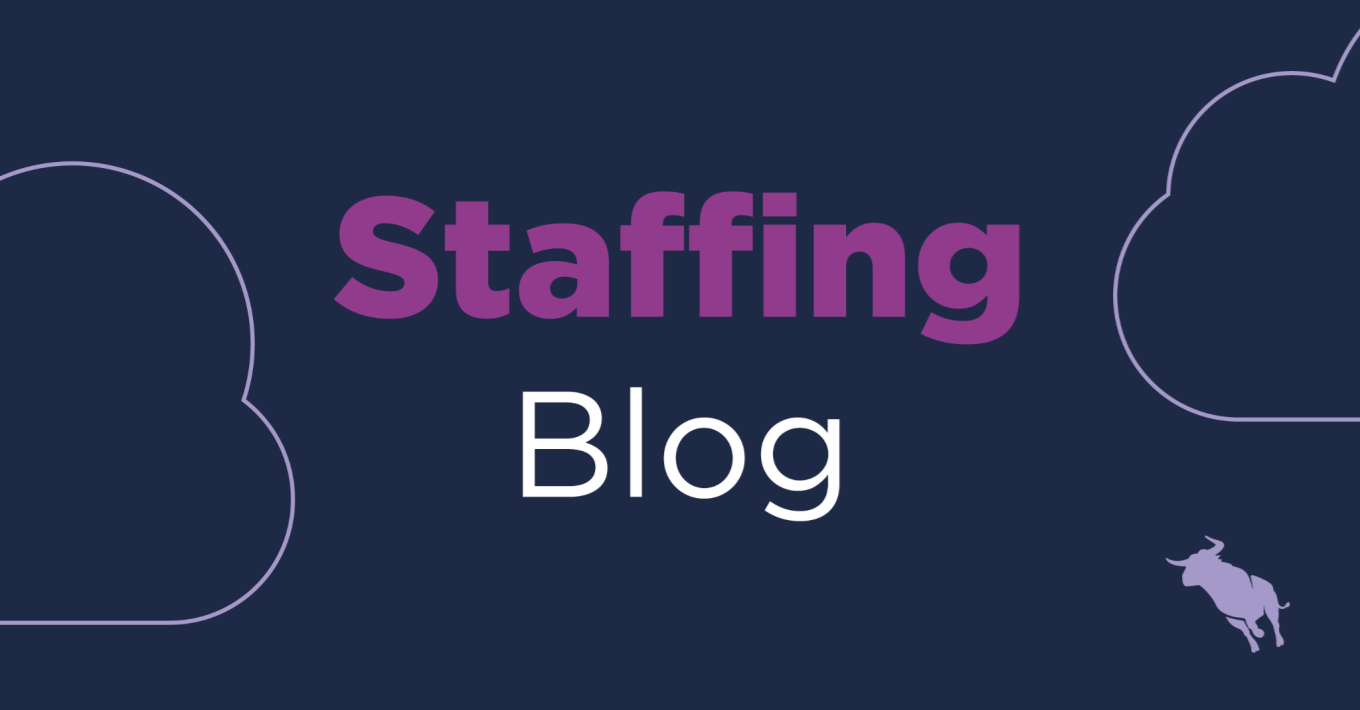
Talent Communities are a key element to the recruitment marketing mix for HR and talent acquisition. It all makes perfect sense for the recruiting team, who wouldn’t want a legion of qualified, engaged candidates anxiously awaiting the next new job opening. Obviously this is easier said than done. Building an engaged Talent Community takes time, focus and discipline. When building a successful talent community, the primary focus needs to be on the candidate and what they get from being a member, this is a difficult skill to master, especially with an ever expanding number of open requisitions.
The question about what exactly a talent community is, not to mention what it should be called, has been being debated for as long as they’ve existed. The goal of this post isn’t to debate the semantics, but rather to give you simple steps to determine which is right for you and some concrete steps for starting your own.
A talent community can most simply be broken down into two types; two-way communities and one-way communities. Here is a brief description of each:
- Two-way or interactive talent communities – The members can communicate. It is an interactive group of like-minded professionals, they share ideas and communicate directly. This looks something like a LinkedIn group, but (because it is a Talent Community) it is often hosted by an employer or recruiting agency. The employer will help to moderate, keep conversation flowing, curate content and of course let the community know about their company, jobs and otherwise. There will still be direct communication from the employer, but the bulk of the discussions will be between community members.
- One-way community – The communication primarily comes from the employer. Although it might be a stretch to call a group of people who don’t communicate a community, this is probably the more common example of a Talent Community. This could also be a “Talent Pool,” “Talent Network,” or simply a “Nurtured Candidate Pipeline.” There are likely many other variations of the concept or names some of which may be more representative of what they provide the candidate. Really though, there is no need to get bogged down in what it should be called, as long as the goal is to provide value to the candidate, that is community anyone should be happy to be a part of.
So, knowing that, which one is better for your company?
It all depends on the resources you’ve got available. The first variation is an idealistic model of a way to deeply connect with a group of talented individuals. Even some of the largest companies in the world and most desirable employment brands have attempted this feat with moderate to little success.
Let’s think about an example of this, unrelated to employment. Let’s say you are really into cooking and want to find recipes and join a community to be the best in-home Italian chef you can be. Now, Italian isn’t all noodles, but the market leader, Barilla has a 25% market share, for pasta, they are the king. Would you expect to go there and get recipes? Maybe. Would you expect to go there and join a community to interact with other at home meal masters? Probably not. Even though 25% is a pretty dominant market position, there is still a whole world of Italian outside of Barilla. There are sites dedicated to Italian cooking. Site’s whose whole businesses and passions are dedicated to helping people become better Sauciers. If it were me, I’d check expect to find a lot more conversation happening outside of Barilla.
If you are the undisputed master of your employment market, your company has a good chance of getting a solid and engaged two-way group. If you have a great employment brand, people are banging down the doors trying to get in and people are passionate about your products, you probably should look at how you can help your candidates to interact while learning more about your opportunities.
It doesn’t have to be about your company, like the Barilla example you could take the path of creating an interest-based community. One that is focused on something your company would be an expert in. Once you have that community, it could certainly be used as a talent community (pasta lovers make great pasta company employees.). However, this is quite an undertaking and one that would usually fall into the hands of marketing. Even though your company might have some pretty serious recruitment marketing chops, creating a vibrant community discussing your product offering is the gold standard of content marketing and in most organizations, belongs in the marketing function. If you’ve got it, you might work with marketing to see if you can leverage their reach to advertise some of your open opportunities.
So, back to which you should choose, although the outcome of an interactive community is highly desirable, the likelihood of success is a big question. Not to mention, “failing,” has just as much of a chance to hurt your community as it does to help it. Have you ever been to a ghost community? One that had its last post 6 months ago with there was no response? Yea, that sucks.
So, how can you get there and increase your odds of success?
Think incrementally… Even though you may have the resources to pull off a two-way, interactive community, wouldn’t it be nice to do it after you are more certain you’ll fall into the successful camp? All of the requirements to build a two-way, interactive community are dependent on the requirements needed to build a one-sided community! How sweet is that, you can just start there and grow into a two way!
So, what EXACTLY does it take to build up a talent community? Again, there are a bunch of variations, but here are some of the basic elements:
One Way:
- Candidates – this may have come from your ATS or CRM. This group will continue to grow as new people apply and join directly. Not everyone in this database is right for the community, choose wisely, as always, garbage in = garbage out. Of course, you can also start from scratch, with a strict community, that doesn’t include previous applicants.
- “Join ABC Community” – New candidates need a way to join the community, without applying to a job or submitting an application. – This is fundamental to a successful community. They don’t even need to submit a resume (really, please don’t make them do it). Compared to other things in the world, it is not that difficult to let people enter basic information and have it go somewhere, so this should really be a core part of your process. This can be as simple as a lead form and it comes as part of most email systems. This will increase the number of candidates you can speak to since the process will be much easier for people who didn’t find their perfect job. Another benefit of this is that it helps with managing the flow of “Applicants,” these people are joining your community, not applying, thus they don’t fall under the same compliance guidelines as an applicant.
- Personas – of the different types of candidates in you will be engaging with. This will help you to better personalize your content and ensure that it is engaging for your candidates.
- Engaging Content – Not just job openings! This is a question mark for some communities, especially many of the big “Talent Network,” providers. It shouldn’t be. The goal is to engage your candidates over the long term. At some point they will be very interested in your jobs, but not all the time. To add value and keep them interested, you need to provide them with information that they will find valuable. This is where you will use your candidate personas to guide your content creation. Some of this should also be about your company and why people love working there, but you’ll certainly want to include other interesting content.
- Employment Brand content – A huge benefit of the community is strategically building your employment brand to people who are most interested in learning about it. You have worked hard to build a powerful brand and the assets to explain your brand, this community is the perfect place to share them.
- Jobs – Most companies can’t afford to create a community that is all about the betterment of the members and employment branding. There should be a direct return and Jobs are expected and a necessary part of any community. The key is to ensure that the openings are presented in a way that doesn’t seem like a constant sales pitch. they should also be the right openings for the individual’s skill set.
- Personalization – Bringing together the right content and jobs are the key to personalizing your talent community and driving engagement among your members. Combining your personas, engaging content and current job openings with the information you’ve got about your member’s interests and career lifecycle will give them a personalized experience that will ensure they stay engaged.
- Communication – Email, social and hopefully even a phone call. The phone call is pretty straight forward. For email and social there is a bit more nuance. The key here is finding the right level of interaction with your community.
- Email, some companies have are able to create enough engaging content to reach out to their community weekly. That is a pretty tough one, it isn’t that you can’t send the emails or don’t have the jobs you need to fill, the key part is having actually engaging content that keeps the community interested. Every 3-4 weeks is a pretty reasonable cadence, it allows you to stay top of mind, create enough valuable content, but most importantly keep the interest of your recipient.
- Social, is a borderline between the one-sided and two-sided community types. In reality, most social “conversations” to a talent community are an employer putting out a message and a few likes from the community, not exactly two-sided, but it does give the candidates the ability to interact when it makes sense.
Those are the key points to building a one-way community. There is a lot there but there is a lot of value to your candidates.
Two-way
- Everything from the one way – In order to drive engagement among the community membership your firm will still need to take the lead in building the base and driving engagement.
- A destination – Two big choices, the first is substantially more effort, the second is faster, but offers less control:
- Off the shelf solutions that can be used in order to create your own community on your own site (or build your own, but that is a little crazy). Some are HR focused others are essentially building a private social network. Either will work, the benefit here is owning the entire experience and connecting it more deeply to the rest of your site.
- Leveraging existing social networks to create groups – There are a few options here, but the most popular is creating LinkedIn groups. This allows you to leverage their technology infrastructure. More importantly it allows you to leverage their existing member profile information and they will even help driving engagement. There is a pretty big benefit to your members not needing to do anything other than click “Join,” to be a part of your community. That does come with some big trade offs.
- You don’t “own,” your member’s information.
- LinkedIn can change your features on a whim.
- Sub-communities – If people are going to be connecting on the issues or opportunities they are facing, you’ll likely want to ensure they are facing similar issues. Most companies opt to create sub-communities based on the member’s skill sets. Of course this also helps your recruiters to easily identify the skills they are looking for when there is an opening.
- Conversations – At the beginning (and possibly in perpetuity) you will need to be the conversation starter. From there, you may even need to go further to attempt to push members to add to the conversation.
- Moderators – These will be the people in charge of starting the conversations and answering questions. They will also help to ensure the conversations stay on track, but hopefully the “off-track,” conversations only help to further drive engagement into the community.
Now you know the key points, here are the ways to build it:
Take the mindset of a marketer to ensure success with your Talent Community. More specifically, when attempting to connect and get more people interested in your employment opportunities, remember the following points:
- Make it easy to join – This isn’t an application, you don’t need everything about the person yet. Try to only get the most basic information in order to communicate and personalize your message. This means name, email, position title and types of roles they are interested in. Maybe a little more, but you can get the rest later.
- When engaging with them, make it fun, make it personal – People get hundreds of emails every day. Even if these are job seekers and people who are interested in your company, it has to keep their attention if you want their engagement.
- Design matters – This is always hard, but make sure you are very focused, use a good email template and lots of visuals.
- Device matters – A big part of the people you’ll catch into your community are joining because they aren’t necessarily ready to apply and are often casually doing it from a phone. Don’t miss them!
- Review – Not only the candidates that are joining but also the methods you are using to communicate and how you are positioning your community in all of your communication. This will also be when you can determine if you are ready to make the jump from one way to two-way communication.
- Think long term – Ultimately the ROI will prove itself, but it may not happen right away. You’ll need at least 6 months to get real data, but the time horizon is even longer for the bigger benefits. By thinking in the longer term you’ll help to shift your focus to what is best for the community, rather than what actions will create the most applications.
Most of the ingredients for the talent network listed above aren’t a part of the standard ATS. So what are your options? They are listed from best to worst.
- Marketing automation tool – There are hundreds of these. They range from a few hundred to a few thousand per month (based on contacts). They often take a fair amount of time to setup and technical acumen to accomplish everything you need, however, once you do, they require much less work than an email marketing tool.
- Email marketing tool – There are many hundreds of these, they range from free to thousands per month (usually depending on contacts or number of emails). These tools usually have most of what you need in order to create your community. They do require quite a bit of manual work, especially if you are really personalizing your message.
- Your ATS – some ATS’ have the ability, usually with a fair amount of customization, to accomplish all the steps above. Usually this isn’t an ideal option, although it may cost less than some of the options, it will be a very manual process. Additionally, if you have these Talent Community joiners going into your database, you’ll have to ensure compliance or a distinct separation.

